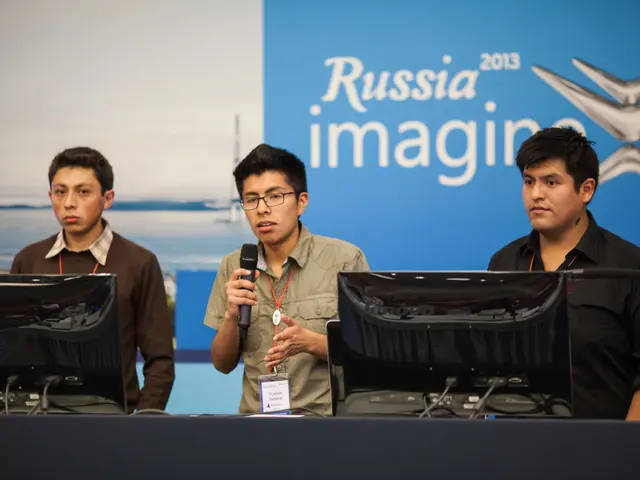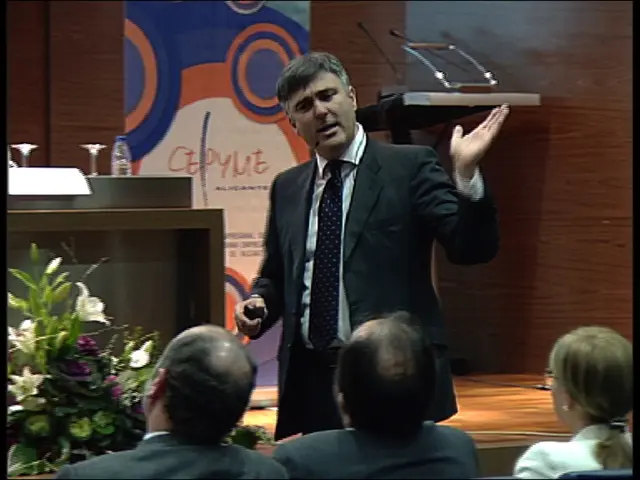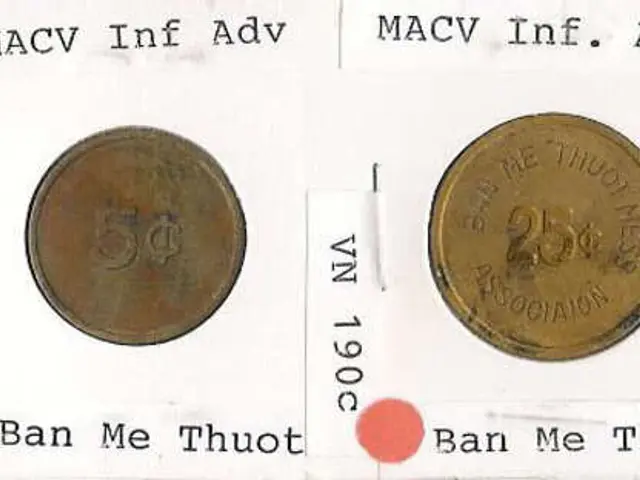Weekly Focus: Green Line's Interaction Continuum
The Green Line, a local media outlet based in Toronto, Canada, is making waves in the city with its unique approach to reporting. Founded during the COVID-19 pandemic, The Green Line's mission is to establish a new form of reporting and provide an alternative to the stressful news consumption that has become commonplace.
Published and edited by Anita Li, The Green Line follows a four-week engagement cycle to report on a topic without being repetitive or off-putting. Each month, they focus on a new overarching theme, such as nutrition, housing, transportation, work, or health.
The cycle begins with the publication of an article that describes the specific problem and its effects. This is followed by the hosting of events that offer practical or fun added value. These events, which attract an average of 50 people, with the largest attracting up to 300 participants, connect The Green Line's community and collaboratively explore potential new solutions to the problem.
In the next step of the engagement cycle, a feature that shows possible solutions follows. This feature describes action-oriented ways to deal with certain situations related to the overarching theme. Subscribing to the StartHub newsletter ensures not missing any case studies.
The fourth step in the engagement cycle is conducting a survey among their community to gather feedback and solutions. The survey helps The Green Line attract new community members, discover new topics, and gather event feedback. The results of the survey are documented in an article on the website.
The Green Line uses a software solution called beabee, developed by CORRECTIV, for their surveys to protect users' data and maintain brand identity. They also publish an article or blog post about the event on their website.
After each event, The Green Line distributes printed surveys with contact information to new visitors, bringing offline attendees into the online community. The Green Line sees itself as a guide to navigating Toronto and produces articles, newsletters, and video content.
The Community Journalism Wiki offers more methods, templates, and best practice examples for community-centered media startups. This case study is part of the CORRECTIV.StartHub offer, a resource for anyone wanting to launch their own community-centered local media project.
In conclusion, The Green Line is not just a media outlet; it's a community-driven platform that engages its readers, offers solutions, and fosters collaboration. By following an engagement cycle, The Green Line strengthens its bond with readers and encourages action.
Read also:
- Peptide YY (PYY): Exploring its Role in Appetite Suppression, Intestinal Health, and Cognitive Links
- Toddler Health: Rotavirus Signs, Origins, and Potential Complications
- Digestive issues and heart discomfort: Root causes and associated health conditions
- House Infernos: Deadly Hazards Surpassing the Flames








